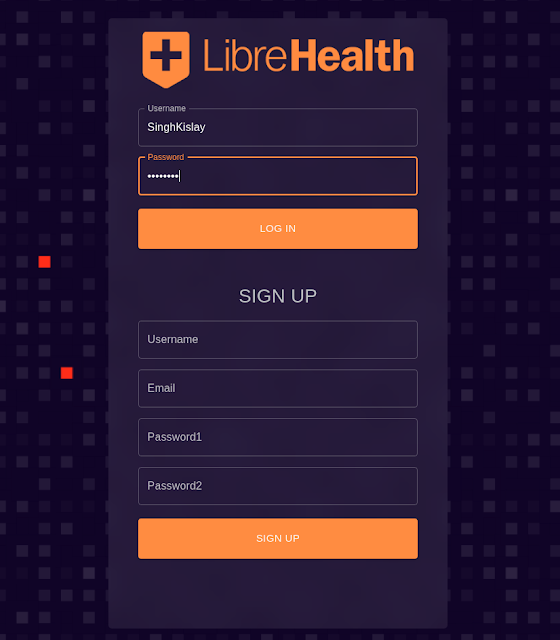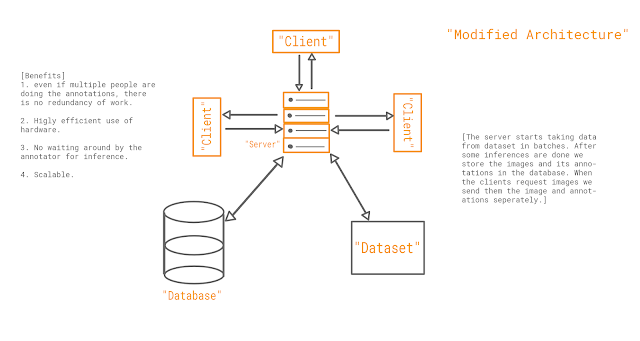Quarantine, GSOC and a world on fire

" Experience " The experience that I have had in the past few months have been of a rather exclusive nature. The one that humanity has once every century, definitely not a critique on humanity or our definition of what is acceptable. I am just glad that I had got into GSOC and met the amazing folks at LibreHealth. The quarantine so far has been good and I am grateful for that. The learning was immense on many levels. The plannings we did to solve problems in our weekly meets to learning about new tech stack. It was all amazing. Definitely learned a lot more about Linux and git :). But I believe it is just the beginning of the journey and there is a long way to go in FOSS world. I plan to improve this project to the best of my abilities. I plan to keep in touch with my mentors and keep collaborating further, there are of course room for iterations and improvements. No software is ever complete. I just hope a lot of learning is to come in the future. Link to detailed project ...










